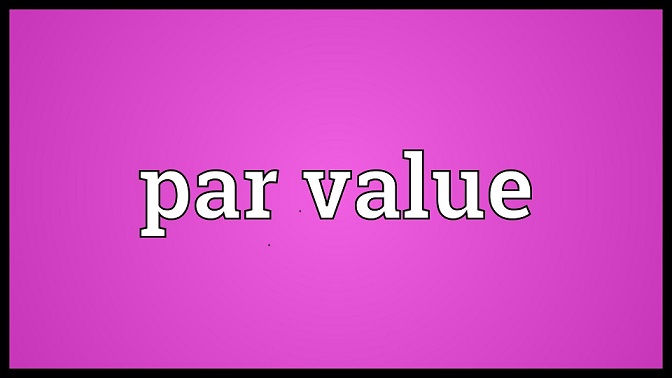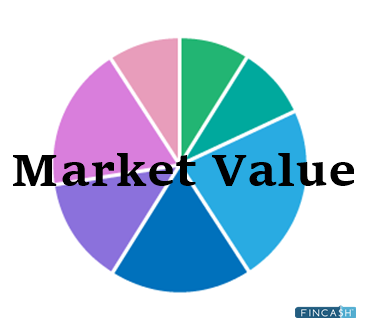Recency, Frequency, Monetary Value (RFM)
What is Recency, Frequency, Monetary Value (RFM)?
The term recency, frequency, monetary value (RFM) refers to a tool of marketing analysis that identifies an organisation’s most valuable customers. This is identified with some measures based on three quantitative factors i.e. RFM.

This concept emerged from an article by Jan Roelf Bult and Tom Wansbeek from the 1995 issue of Marketing Science. The RFM analysis frequently is in favour of the marketing adage that 80% of business comes from 20% customers.
3 Factors of RFM
The three factors of RFM can be employed to predict how likely a customer is going to continue engaging in business with a firm. Let’s take a look at the three factors closely:
1. Recency
Recency is a term that refers to the recent purchase made by a customer. The more recently a customer has bought a commodity or service from a firm, the more likely the customer will continue to remember the brand of the business even for future purposes.
These customers are the most likely to engage with your business even in the future than those who haven’t made a purchase for a while. If you own a business, this can serve as an important tool to keep in touch with the most recent customers. You can encourage them and remind them to come back by Offering them discounts and other attractive offers.
2. Frequency
Frequency is all about the number of times a customer makes a purchase. This is impacted highly by the type of product, price of purchase and the requirement for a replacement, etc.
If you can predict the cycle, you can direct your efforts into reminding them to visit the business more often. For example, Grocery Store ABC has a loyal customer who makes frequent purchases. Looking at the number of times the customer walks into the store every alternate day. Since ABC can predict the cycle of the customers’ purchase, reminders and attractive offers are made to the customer so that even loyalty remains.
3. Monetary Value
This is related to the amount of cash a customer spends when engaging with your business products. You might incline yourself to the customer who spends more so that the spendings don’t reduce. However, do remember that while this strategy is good to help with Return on Investment in marketing, it may also divert your attention away from engaging with other customers who are consistent but haven’t shelled out that much money.
Talk to our investment specialist
Important Points about RFM
With the RFM factors in place, you can understand how much money you make from repeat customers and new customers. It will help you gauge what are the elements to engage with so that you can keep getting customers while retaining the existing ones.
However, as a business owner, you must remember that nurturing should be a part of your strategy. Overdoing might be destructive to the customer-business relationship.
All efforts have been made to ensure the information provided here is accurate. However, no guarantees are made regarding correctness of data. Please verify with scheme information document before making any investment.












